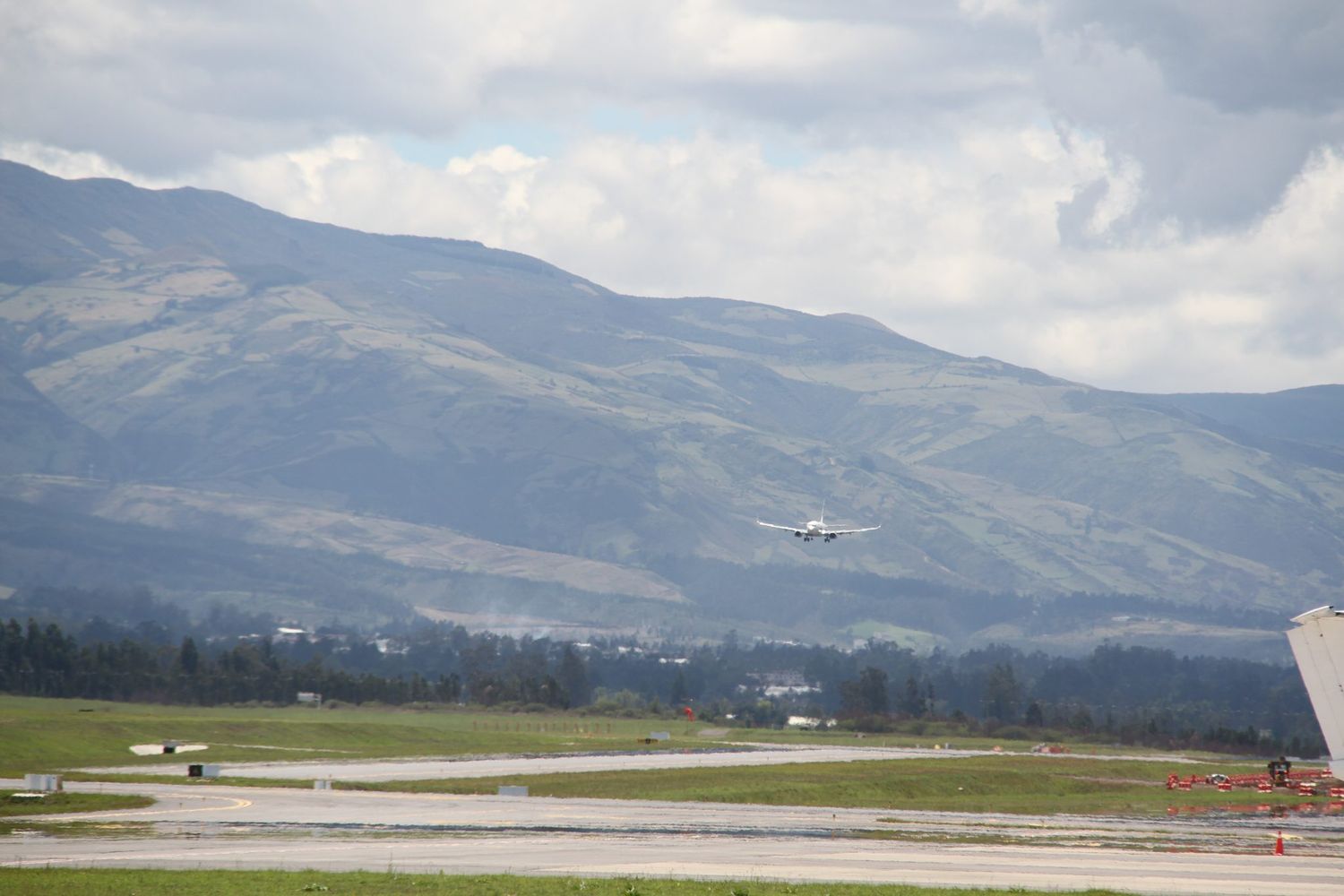Ecuador’s General Direction of Civil Aviation announced the implementation of the Global Runway Condition Reporting Format or GRF system. The GRF divides the runway into three sections and provides information on the condition of the surface. Data includes percentage, thickness and contamination type such as water, snow, ice, volcanic ash, dust, rubber or foreign objects.
The GRF, developed by the International Civil Aviation Organization (ICAO), standardizes the conditions of a runway and its effectiveness of braking. Various airport service areas are involved in the GRF data capture process. First, ground operators collect and compile data on runway conditions. This information is forwarded to air traffic control, which in turn relays it to the flight crews. With the data, the flight crews perform the landing performance calculations and establish the procedures to be used. Finally, once the active runway has been evacuated, the pilots report to ATC any information they have gathered in order to keep the GRF updated.
The first four airports where the GRF system will be applied are the following:
Mariscal Sucre International Airport (Quito)
José Joaquín de Olmedo International Airport (Guayaquil)
Mariscal La Mar Airport (Cuenca)
Seymour Ecological Airport (Baltra Island – Galapagos).
Personnel training sessions were held at each of these airports for the implementation of the GRF. In total, 54 Aeronautical Information Technicians and more than 60 Air Traffic Controllers received training. The DGAC informed that the phased implementation of the Global Runway Conditions Notification Format will continue at all airports in the country. Ecuador thus initiates the implementation of the GRF in compliance with the ICAO provision that establishes its worldwide application as of November 4.


Comentarios
Para comentar, debés estar registrado
Por favor, iniciá sesión